Violation of Word-Formation and Morphological Norms in Media Texts (based on the material of the UNIAN news feed)
DOI: 10.17721/2522-1272.2023.84.4 ![]()
UDC 070:808.2:81’271.14=161.2
Iryna Marynenko, PhD of Philol. Sciences, Associate Professor, Educational and Scientific Institute of Journalism, Taras Shevchenko National University of Kyiv,
0000-0002-2836-758X
Tetiana Melnychenko, senior teacher, Flight Academy of the National Aviation University, 1 Stepan Chobanu str., Kropyvnytskyi, Ukraine,
0000-0002-7157-6408
ABSTRACT
The ability to present information clearly and competently is one of the mandatory requirements for qualified journalists. Violation of language norms, in particular those of word formation and morphology, reveals the incompetence and unprofessionalism of specialists who spread incorrect forms among their audience through their texts. Therefore, the purpose of this study is to draw attention to the non-normative word-formation models and declension forms that are not inherent in the Ukrainian language, but are actively used in journalistic materials, in particular in the UNIAN news feed. The following methods were employed in the course of the study: at the data collection stage – the method of linguistic observation was used to identify erroneous word and form formation of lexemes and to record them; the method of distributional analysis was imple- mented to identify the non-normative use of word and form affixes and to further systematise errors; the method of contextual analysis and the descriptive method were applied to identify grammatical deviations when analysing the collected and classified language material.
The systematisation of errors gives grounds to assert that word-formation deviations arise under the influence of the Russian derivational system, which is especially noticeable in suffix word formation. Deviations from the morphological norm are mostly caused, first, by the excessive use of uncodified active present participles (30.2 % of all morphological anomalies), second, by the erroneous use of prepositions (17.1 %), and third, by the non-normative formation of nouns (16.6 %). Based on the systematisation of grammatical deviations, it can be argued that the jour- nalists of the analysed media outlet need to improve their professional competences, in particular in the field of language norms.
KEYWORDS: deviation; interfereme; word-formation anomaly; morphological error.

